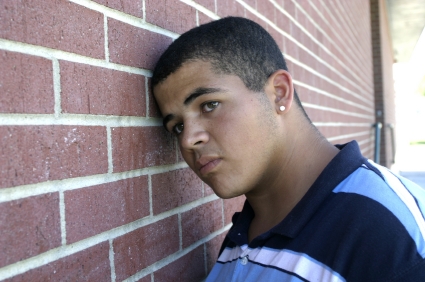Long-term Outcomes for Childhood-Onset Disorders: Depression
A symposium at the 2012 meeting of the American Academy of Child and Adolescent Psychiatry (AACAP) examined long-term outcomes of childhood onset disorders, including bipolar disorder, unipolar depression, ADHD, and anxiety disorder.
The Course of Childhood Onset Depression
Gabrielle Carlson presented the work of Karen Wagner on unipolar depression, in which there was a 15.3% incidence of unipolar depression in female adolescents, and 7.7% incidence in males. The overall incidence increased with age; from 8.4% in children aged 13, to 12.6% in children age 15 and 21.4% in children age 17. Average duration of a depressive episode was 17 months. While 85% recovered, 40% of those who recovered experienced a recurrence.
Carlson also presented data from Barbara Geller indicating that among children hospitalized with pre-pubertal onset of depression, 33% eventually were diagnosed with bipolar I disorder. If diagnoses of bipolar II and BP-NOS were included, the rate at which these children who got depressed before puberty eventually developing a bipolar disorder increased to an astonishingly high 49%. Thus, very early onset depression has a 50/50 chance of predicting an eventual bipolar disorder diagnosis.
Predictors of a more difficult course of depressive illness presentation were: earliest onset, more than 3 episodes, longer duration of depressive illness, and a positive family history. Those with early-onset depression had more suicidality, smoking, drug abuse, alcoholism, and an increased incidence of not having children when they became adults.
The Treatment for Adolescents with Depression Study (TADS) performed at the National Institute of Mental Health compared antidepressant response to fluoxetine, cognitive behavioral therapy (CBT), or the combination of fluoxetine plus CBT. Early in the study, the combination was most effective, with response in 39% of the children, compared to 24% for fluoxetine and 19% for CBT alone. However, after 3 years of follow up, all of the groups showed a relatively similar percent response: 60% for the combination; 55% for fluoxetine; and 64% for CBT.


